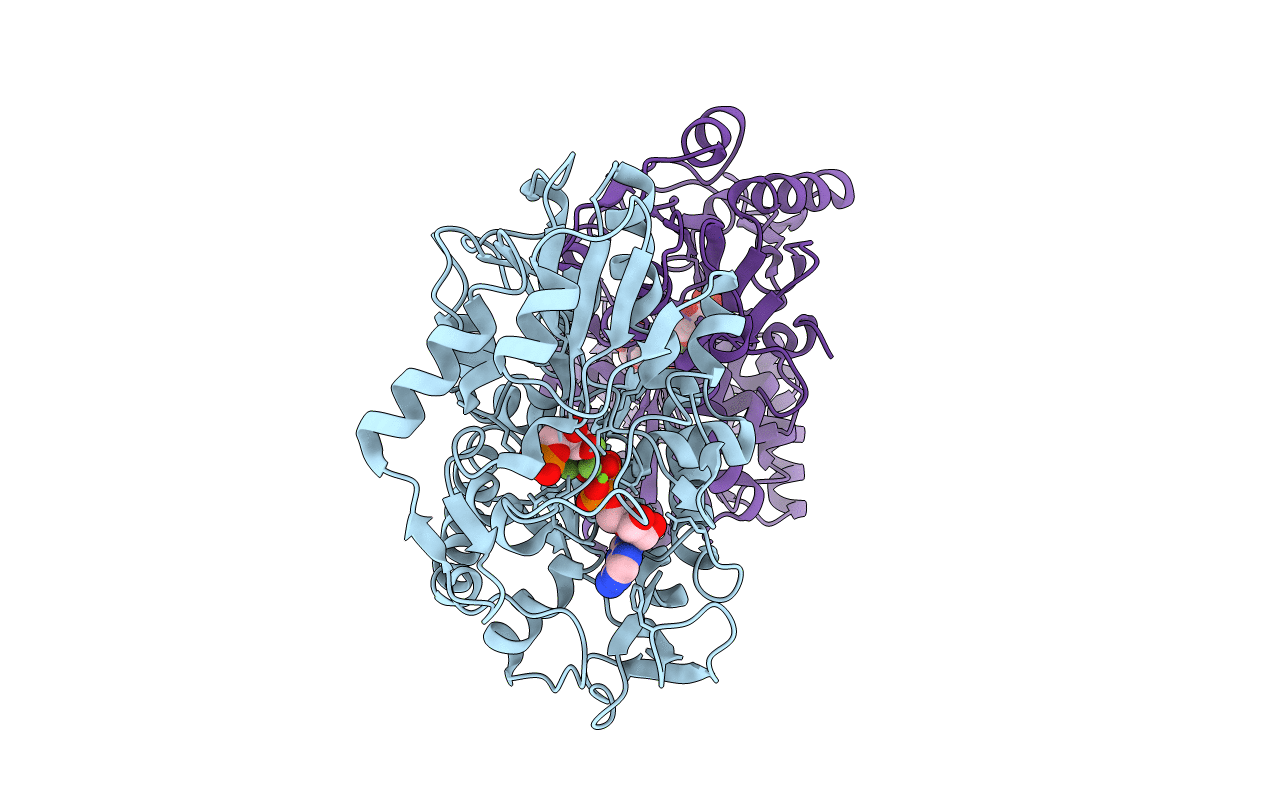
Deposition Date
2010-12-21
Release Date
2011-04-27
Last Version Date
2023-12-20
Entry Detail
PDB ID:
2Y3I
Keywords:
Title:
The structure of the fully closed conformation of human PGK in complex with L-ADP, 3PG and the TSA aluminium tetrafluoride
Biological Source:
Source Organism:
HOMO SAPIENS (Taxon ID: 9606)
Host Organism:
Method Details:
Experimental Method:
Resolution:
2.90 Å
R-Value Free:
0.30
R-Value Work:
0.26
R-Value Observed:
0.26
Space Group:
P 21 21 21


